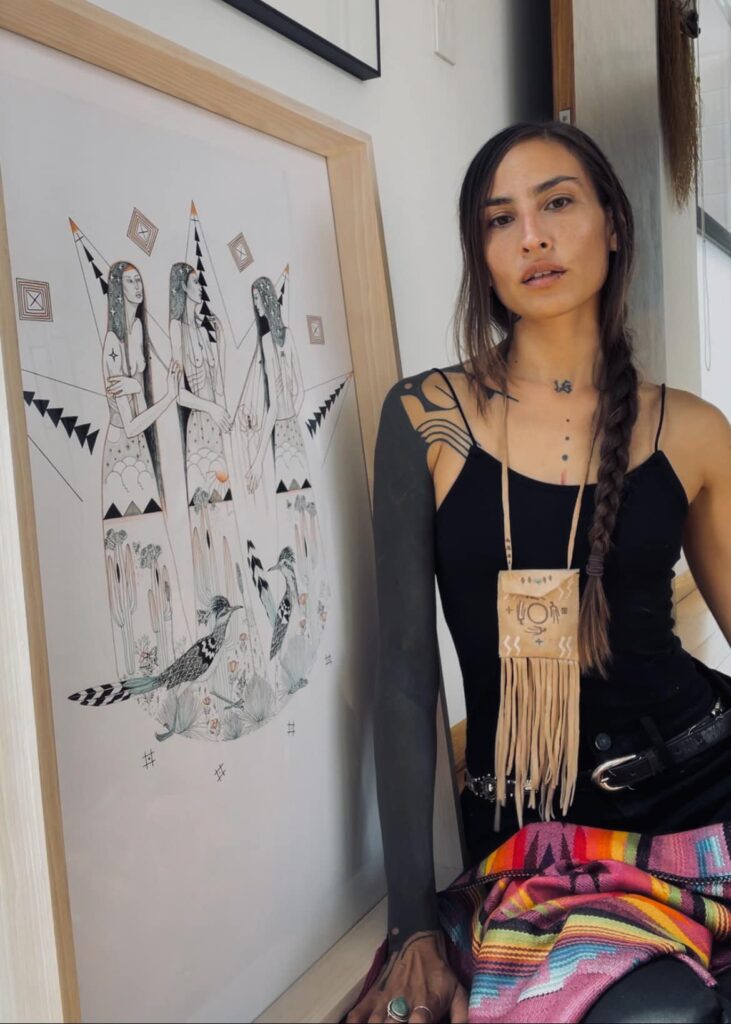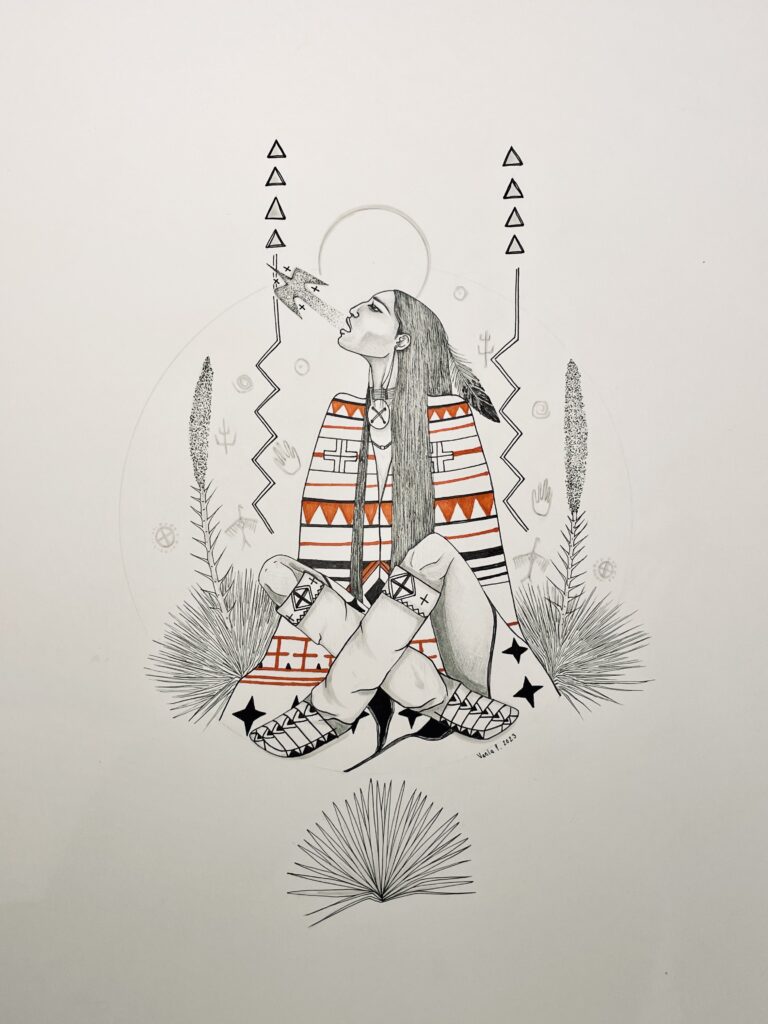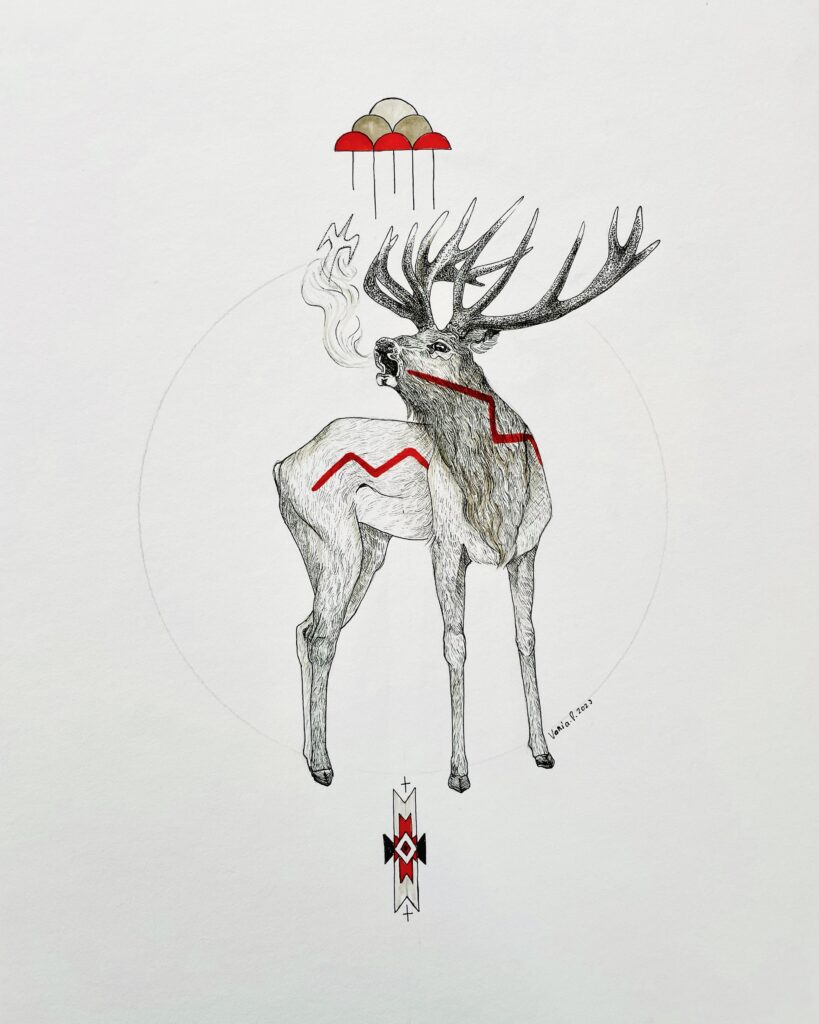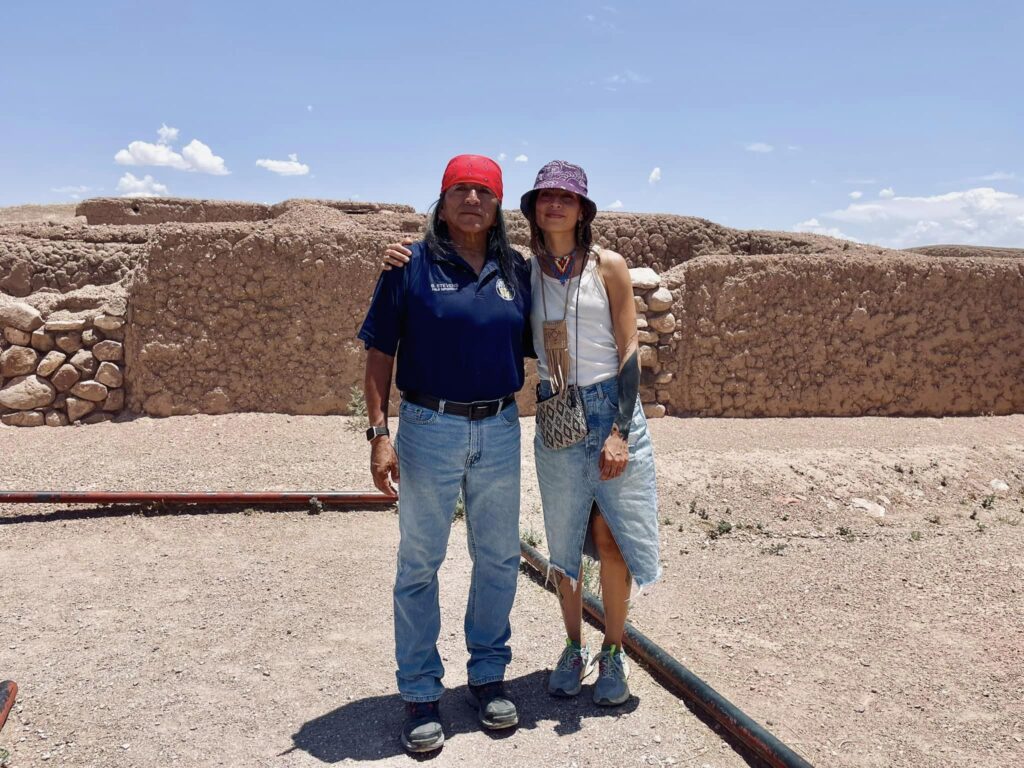In the days of the famous Mimbreño Apache chief Victorio most are unaware of the presence of the various bands of Apache tribes that lived in Northern Chihuahua, Coahuilla and the Sonoran Desert of Mexico. There are four bands of Chiricahua: Bedonkohe, Chokonen, Chihenne, and Nehdni. Only the tribes of Cochise and Chihuahua were true Chiricahua. Although they were culturally bound and closely associated they were very distinct groups.

In the most recent past from the 20th century, authors who studied these tribes in relation to their language and their people would say “there are seven recognizable tribes from the southern Athabascans or Apache speakers, all with different dialects spoken. They are as follows: Chiricahua, Jicarilla, Kiowa-Apache, Lipán, Mezcalero, Navajo and Western Apaches.
But it was discovered that in the year 1796 a report was prepared by Lieutenant Colonel Antonio Cordero based on the testimony of an Apache chief, at that time it was possible to identify nine tribes: the Tontos, the Chiricahuas, the Gileños, the Mimbreños, the Faraónes, the Mezcaleros, the Llaneros, the Lipanes, and the Navajos, who later separated. An interesting topic is of Victorio who apparently was born in northern Mexico around 1825 in the northern state of Chihuahua. Captured as a boy from the Hacienda del Carmen and raised among the Apaches but with his Mexican birthright. Some mistakenly assume he was born in New Mexico but there is strong evidence that he was taken as a child from a wealthy rancher in the area of Chihuahua.

Gouyen (Góyą́ń), meaning “the one who is wise,” was an Apache woman revered for her courage and warrior ways. Also, Dahteste and Lozen were also strong Apache women that would go on raids with their male counterparts.
When the Government began moving the Apaches off of their land into appointed reserves such as San Carlos, Mescalero, and other appointed reservations many Apaches fled and hid in Northern Mexico, and the Sonoran Desert striving to survive against the laws of the Mexican Government.

As of today, many of these tribes have disbanded and/or assimilated into the Mexican culture. But today, they still do exist in Chihuahua, Coahuila and Sonora, Mexico. Although they may be distant from their Apache kinfolk in the United States their cultures and language are still the same and they are fighting to keep their language, knowledge, history, and way of life intact. One of these thriving and surviving “N’dee, N’nee, NDE” (Our people), Apache descendants is Vania Izchel Fernández Pizaña from the beautiful state of Chihuahua who is a visual artist/illustrator, painter and tattoo artist currently residing in Mexico City with her own art gallery and studio. She has worked with celebrities such as MTV Latin America host Gonzalo Morales who helped guide her upon her arrival in Mexico City. Vania is a very active member in the Apache language and culture preservation movement. She works alongside Apache Elders from San Carlos, Jicarilla, Mescalero and the Mimbreños. It is her mission to share her artwork and voice of the Apache people with others who want to reconnect with their indigenous roots and history. One of her major art achievements was being part of a collective of female artists whose artwork has been archived at the National Palace of Fine Arts in Mexico City.
-Robert Arévalo
























